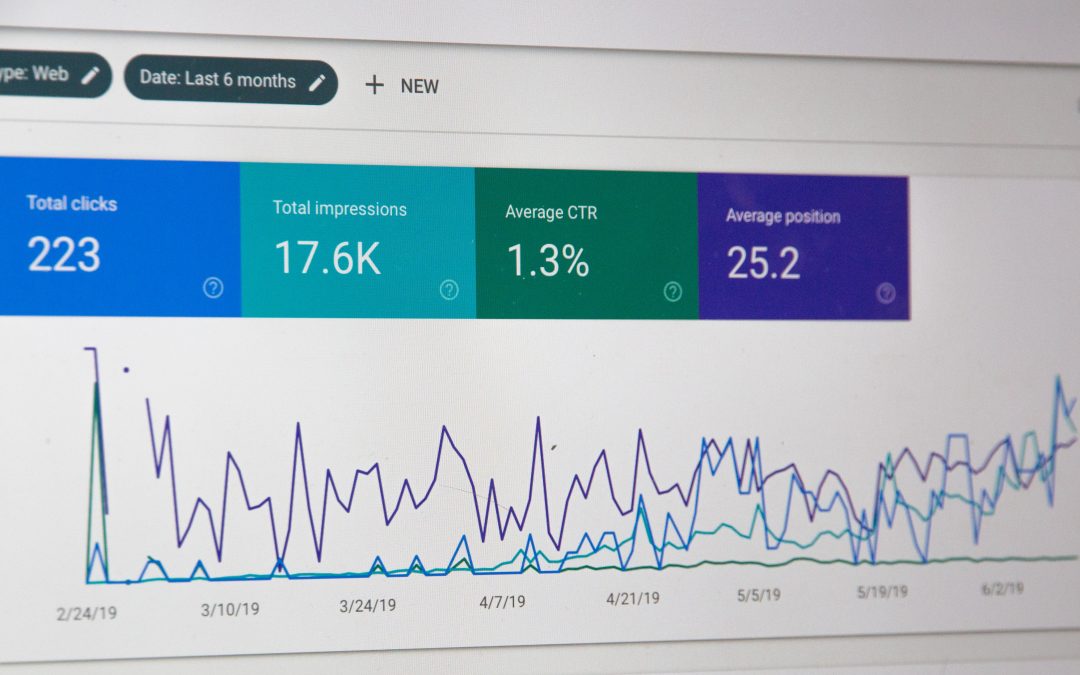Are you still new to the world of SEO but want to get started? Then read about our 5 tips for beginners! Maybe you that it would be difficult for a website to get rankings in Google and other search engines. But in fact, doing website optimization or Search Engine Optimization (SEO) for a site isn’t as hard as it sounds. Indeed, it will require some investment and exertion for SEO to work yet it’s a vital initial step that will create a few advantages later on.
Further, no site is unreasonably little for SEO. Web optimization is a device for each site, either little or enormous, new or old. Of course, it’s not very late for you to begin. Have you at any point asked why different sites are positioning higher than you on Google? There are sure things you can do to build your odds of getting positioned higher on Google searches. In this post, I’ve identified the 5 important things to do. These are simple tips but highly efficient ones.
In digital marketing, more importantly, in SEO marketing, every detail however little, it
possibly is viewed as valuable. It is important that a small technical error can make a
huge difference in the overall content.
1. Good HTML as the basis for SEO
The example with robots.txt is almost “too much technology” for laypeople. If you really want to go back to the basics of SEO Marketing, you have to start with “HyperText Markup Language” (HTML).
Studies have shown that millions of learners from this community started with HTML. HTML is the skeleton of almost all web pages. Moreover, it provides structure to the content appearing on a website, such as images, text, or videos.
By carefully marking up the contents of a page, developers can create a hierarchy of information which serves several purposes as follows:
- It allows users scanning a site to quickly pick out the most important ideas.
- It helps visually impaired users navigate the content of a page using special software.
- Indeed, it helps search engines pick out important keywords that might otherwise get lost in a sea of text.
I highly recommend visiting selfhtml.org as well as Codecademy, for CSS, PHP, Ruby and other nice programming languages that you can also learn from. Also, you can learn HTML & CSS here easily and for free. Eventually, this is very helpful for you.
If you are already a little more experienced in HTML, CSS & Co., you may have frowned out of boredom. However, if you dare to take a look, look at your source code and find, for example, multiple h1 headings or more suboptimal <title> tags (or sometimes none at all). You should definitely read it here. Likewise, it would be better if you could rework some of the websites.
2. Meta title and h1 headings for better ranking
On the other hand, it’s no secret that the on-site factors are very important and maybe even more important than ever in SEO. Thus, we must be very precise here. But, what does the optimal <title> look like? There is a piece of various helpful information about this and I’ll be glad to share it with you.
Usually, to achieve the best ranking results with meta titles, they must be between 54 and 68 characters long (including spaces). Ideally, combine two or three keyword phrases and if possible use these keywords at the beginning of your meta title. Similarly, throughout the content, these keywords must be highlighted.
It looks similar to the h1 heading. Like the title tag, the main heading should only appear once in each web document or on each subpage and, just like the title tag, it should also be individual on each subpage. You may use a variant of your targeted keywords, to which you would like to rank your website. It all sounds very simple; it actually is.
Often you can land on page 1 through small changes in the title and in the h1 heading from page 2 in Google, Bing & Co. and thus get valuable search engine traffic. Website optimization really couldn’t be easier.
3. More conversion through the meta description
All good things are known to be three, which is why I would like to add a third factor – the meta description. The description of a web document, which you can see in the source text in the tag <meta name = “description” content = “Enter a nice description here.” /> is probably not a direct ranking factor, but still helps in search engine marketing, for example, to increase the Click-through Rate (CTR).
If you provide a meaningful meta description, you significantly increase the chance that search engine users will click on their own search results and not that of the competition. I would enter up to 160 characters in this meta tag and I suggest that you do the same.
Follow these suggestions to improve your SEO and watch your website rise the ranks to the top of search engine results. For more actionable SEO tips and advice, check out our Complete Guide to SEO Basics andSEO Training Opportunity.
If you need support with website optimization for better rankings, please write to us. We offer SEO services and help you to be successful on the Internet in the long term.
4. Image SEO
If you take time to optimize your images, then you will have an edge over your competition. Find out more about image SEO in our article.
5. Focus on one keyword or one keyword phrase
Maybe one of the easiest but also most important SEO tips is to focus on one keyword or one major keyword phrase per page. This will ensure that you have a clear focus and neither confuse Google nor visitors. Make sure to also think about the search intent and create a great user experience accordingly.

